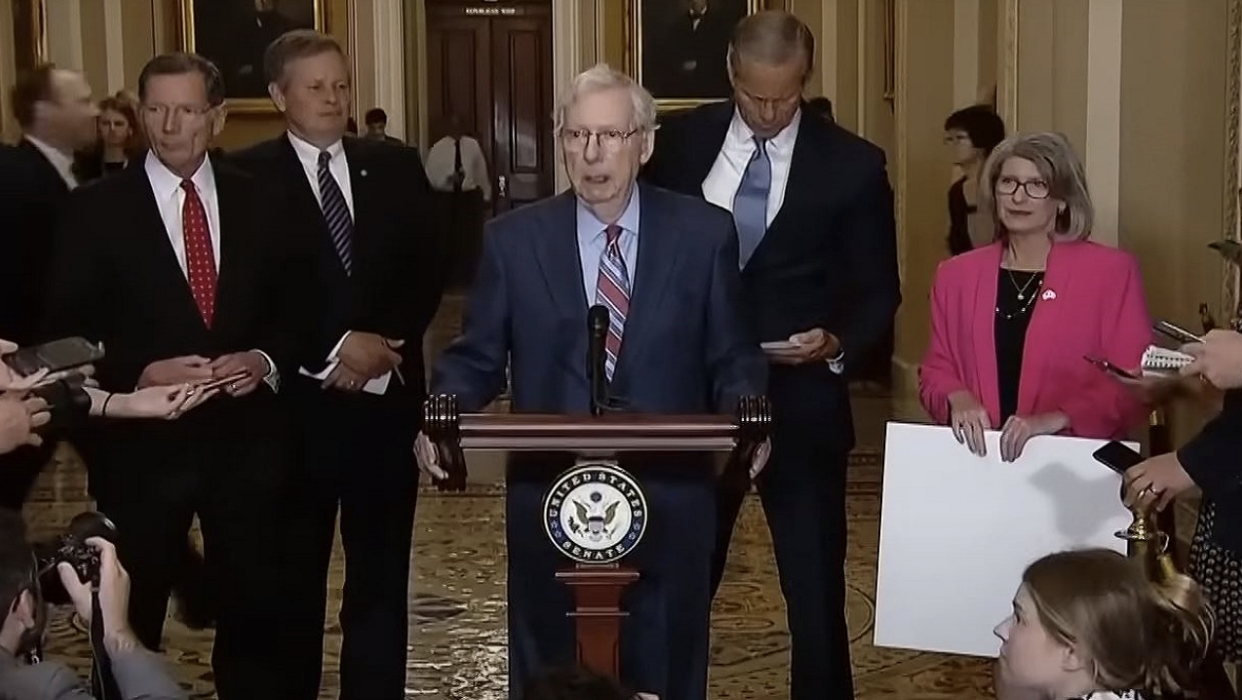Not everyone is thrilled with the actions of STLCC’s Administration over the last 8 years.
BY: TY DEFRATES
Staff Writer
At STLCC, a cloud of concerns looms over employee satisfaction and the dire need for greater transparency in budget allocation and project spending. As we delve into the intricacies of these issues, it becomes evident that the key decision-makers—the Board of Trustees and Chancellor Pittman—are at the forefront of this accountability crisis. Their actions, or inaction, bear profound consequences for both employees and students. It’s imperative to address these concerns head-on.
Over the past eight years, our leadership, comprising the Board of Trustees (BOT), Chancellor Pittman, and others, has orchestrated significant changes within the institution. Some may argue that these changes have been akin to creating problems only to swoop in as heroes to solve them. This raises serious questions about accountability.
In the world of leadership and management, it’s an established fact that delegation, accountability, and transparency are fundamental principles. Accountability, in particular, rests squarely with the Board of Trustees and Chancellor Pittman, as they are entrusted with overseeing the institution. Yet, some employees have voiced concerns, suggesting that the Board merely serves the Chancellor. Such doubts challenge the Board’s ability to hold leadership accountable and align their actions with the institution’s mission and values.
Accountability starts at the top, with the Board and Chancellor, especially when it comes to addressing past issues and the consequences of multiple Chancellor changes. In a telling April 2023 BOT meeting, the Board openly acknowledged its role in the problems, as it is their responsibility to hire and manage Chancellors. Notably, two members of the current Board were part of the body when these prior issues occurred and were responsible for the hiring of Chancellor Pittman.
Chancellor Pittman’s tenure, which began in 2015—the same year an adjunct faculty union was formed—saw a series of events that have left their mark on the college. Approvals for new facilities, faculty reductions, budget cuts, and even incidents like campus police using excessive force against a faculty member have shaped the institution’s landscape. Moreover, a 7.5 million-dollar fraud case involving a staff member further marred the institution’s reputation.
Most of the current Board, Chancellor Pittman, and the majority of the leadership team have been at the helm for over eight years. Therefore, it is not unfair to say that current issues are, in large part, a consequence of decisions made during this period. These problems were not inherited; they were created.
Employee satisfaction is intrinsically linked to student satisfaction. High turnover, dissatisfaction, inadequate training, poor leadership, communication breakdowns, and a lack of recognition all culminate in subpar customer service. These issues are evident in student surveys and the “Best Places to Work” survey. The institution has hemorrhaged decades of institutional knowledge, employee satisfaction, and student contentment due to decisions made by the BOT, Chancellor Pittman, and leadership over the past eight years.
Valid concerns persist among faculty, taxpayers, students, and employees regarding spending decisions. For instance, the contracts with Fleishman-Hillard, a public relations and crisis management firm, totaling $142,500, raise eyebrows. Notably, Fleishman-Hillard’s website does not list employee relations as one of their areas of expertise.
It’s intriguing that such spending is required to encourage employee participation and engagement. The contracts, including one dated August 2, 2022, for the “Best Place to Work” project, highlight an interesting approach. In a document provided by Fleishman-Hillard, options for the project are outlined, and keywords often echoed by the BOT, Chancellor Pittman, and leadership are shared.
The “Best Places to Work” project highlights increased spending with the St. Louis Business Journal. For the fiscal year 2022-2023, we have five invoices for $126,000. For fiscal year 2021, the year before, we have four invoices for $70,000. Fiscal year 2020 has three invoices for $28,000.
A recurrent pattern emerges when reviewing BOT meetings and contracts—investments in consultants without clear project plans, success criteria, program completion dates, or demonstrable success. Such projects are presented piecemeal, lacking an overall project budget that consolidates all costs. This lack of transparency is concerning. For instance, hypothetically, if we are undertaking a “Best Places to Work” project costing $500,000, we should have a clear breakdown of expenses over the next three years.
In conclusion, STLCC grapples with persistent accountability and transparency issues, taking a toll on both employee and student satisfaction. To address these concerns effectively, it is imperative to undergo a comprehensive reevaluation of leadership practices and priorities. Only through a concerted effort to foster accountability and transparency can we ensure the future success of our institution.












